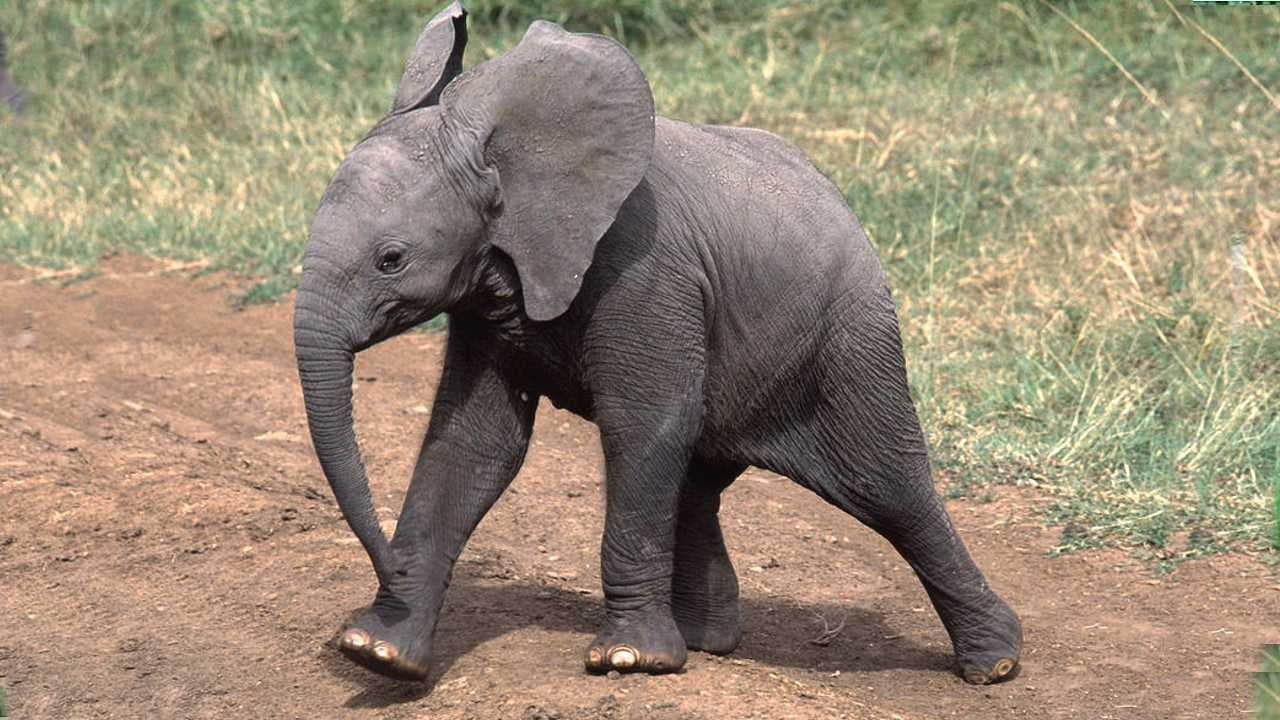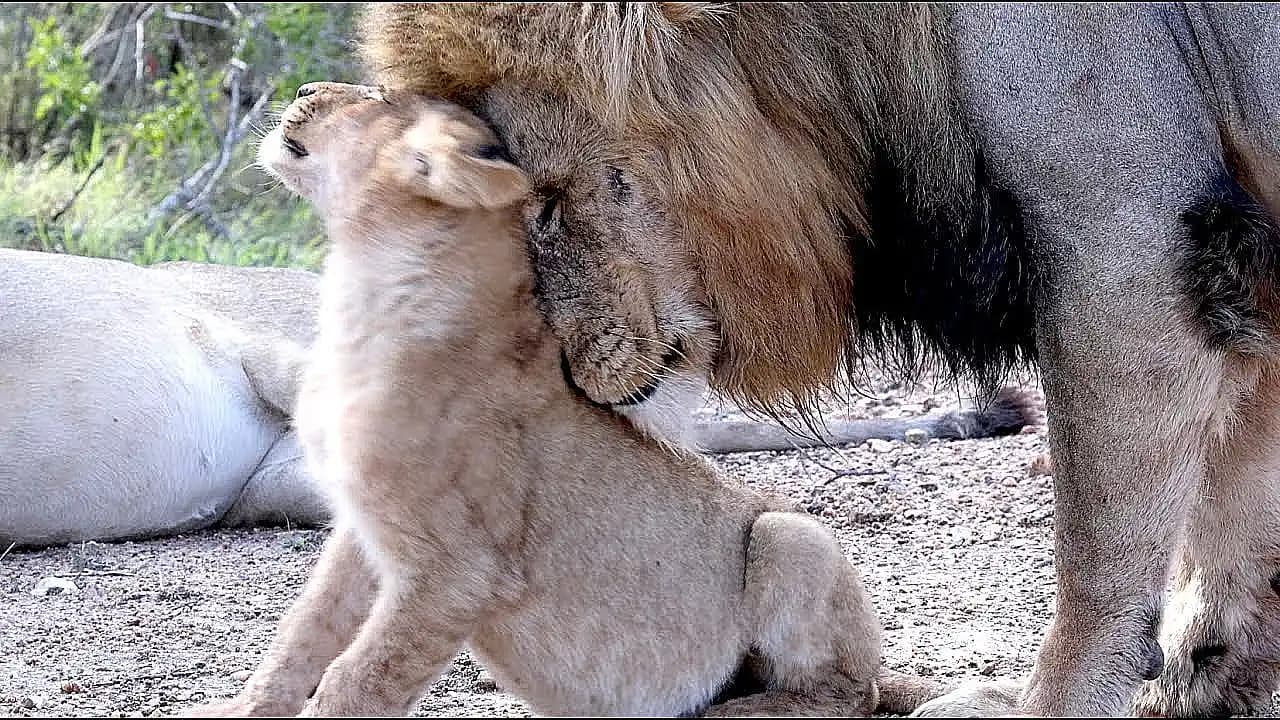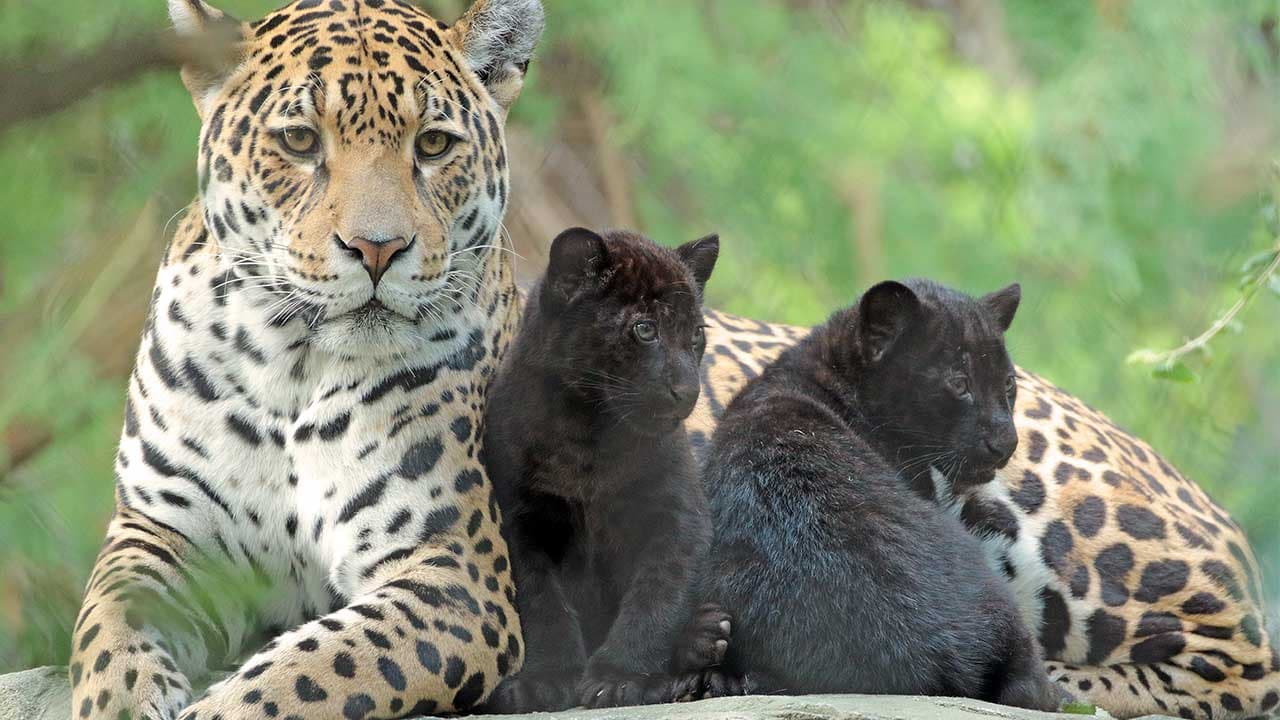The sun was just beginning to set over the African savannah, casting golden hues over the landscape. A faint, heart-wrenching sound broke the tranquil scene—a desperate cry of a baby elephant, lost and alone. It was a sound filled with fear, pain, and longing, echoing across the wilderness. The calf, barely a few months old, stumbled through the dry, cracked earth, her tiny frame dwarfed by the vast emptiness around her.
She had lost her herd in a chaotic moment—a sudden roar of poachers’ guns. Her mother, her protector and guide, had been taken from her, leaving the little elephant defenseless and bewildered. With every faltering step, she grew weaker, her cries more desperate, her hope fading.

Miles away, a team of wildlife rescuers received an alert. Reports of a distressed baby elephant had reached their ears, and they knew time was of the essence. Elephants, especially young calves, are deeply emotional creatures, and separation from their family often leads to heartbreak and death. Determined to save her, the team packed their supplies and set out on what they knew would be a challenging mission.
After hours of searching, they found her. The sight was heart-wrenching: a frail, dusty calf, her eyes filled with tears, standing amid the remnants of trampled grass. Her trunk reached out weakly, as if pleading for comfort. Slowly and carefully, the rescuers approached, speaking in soothing tones to calm her trembling body. It took time, patience, and gentle hands, but eventually, they earned her trust.
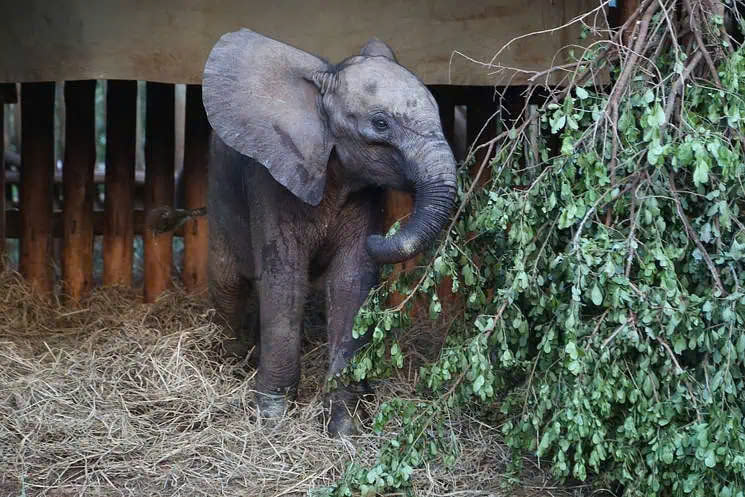
They named her Hope—a name fitting for her journey and spirit. Transporting her back to their rescue center was no easy task. The terrain was rough, and the baby elephant was frightened. Yet, every time she cried, a rescuer would stroke her trunk, whispering words of reassurance. It was as though they were telling her, “You are not alone anymore.”
At the center, Hope’s recovery began. She was given nourishing food, clean water, and a soft bed of straw to rest on. Veterinarians treated her wounds, while caregivers showered her with affection. But more than anything, Hope needed emotional healing. Elephants are deeply social animals; the absence of her family weighed heavily on her.
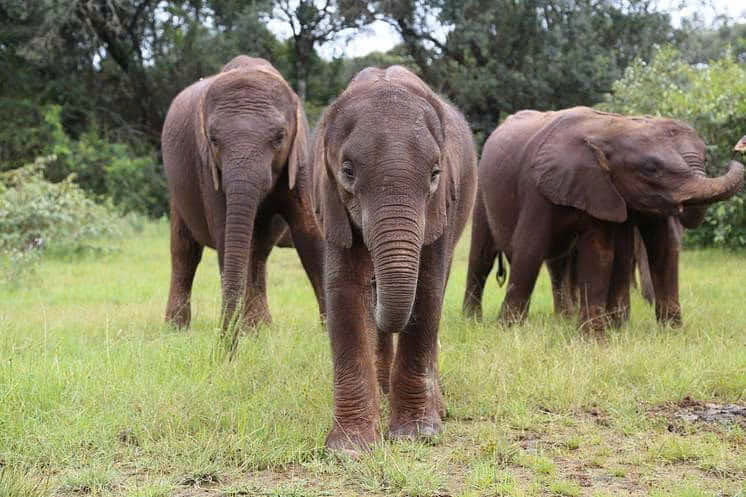
The other rescued elephants played a pivotal role in her recovery. They welcomed her into their makeshift herd, wrapping their trunks around her in a gesture of comfort. Slowly, Hope began to heal. She started to play, splashing in the waterhole and chasing butterflies with her newfound family. Her cries of despair transformed into trumpets of joy.
Months turned into a year, and Hope grew stronger and more confident. Her small, fragile frame had blossomed into a healthy, spirited young elephant. But the rescuers knew their mission wasn’t complete. The ultimate goal was to reintroduce her to the wild, where she belonged.
The day came when Hope was ready. The team led her to a protected reserve, where a herd of wild elephants roamed. As the gates opened, Hope hesitated, her large, expressive eyes gazing at the humans who had saved her life. With a gentle nudge from one of her elephant friends, she stepped forward, her trunk raised high.

In a moment of profound beauty, the wild herd welcomed her. They surrounded her, their trunks reaching out in greeting. It was as if they understood her story, her pain, and her resilience. Hope had found a new family, a new chance at life.
The rescuers watched from a distance, tears streaming down their faces. They knew they would never forget the little elephant who had once cried out for help. Her journey of hope had become their journey too—a testament to the bond between humans and animals, and the profound impact of compassion.
Hope’s story reminds us that every life, no matter how small or vulnerable, is worth saving. It speaks to the power of kindness and the belief that even in the face of despair, hope can thrive and lead to a brighter future.






